Pictures negatives are images printed on transparent film strips shoot using an analog camera. They are called the negatives since the lightest areas of the photographed subject appear darkest and the darkest areas appear lightest – the exact opposite of the original photo.
Picture this: You stumble across a big, dusty box in the attic that you inherited from a great aunt or a grandparent. You open the box to find a huge collection of black and white photographic negatives tucked away in envelopes. Looking through them, you find some really amazing shots of your mother early in life that you never knew existed. The natural next step is to want to share these images with your family, but what exactly are the images, and how would you share them? We see a version of this story in families across the United States. EverPresent can help you scan those negatives into digital files so that the image that was once hidden away in your basement can be emailed across the country, or prints can be made and handed out during birthdays, holidays or reunions. For a little more on what you might find if you search through your basement or attic, take a look below at some information on the different formats of negatives:
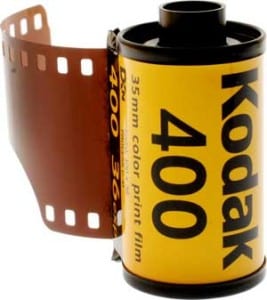 135 film (most commonly known as 35mm), introduced in 1934, is the most standard format of film used in the industry. It is 36 x 24mm, and comes in either 24 or 36 frames. 35mm film is what is used in disposable cameras which are still used today.
135 film (most commonly known as 35mm), introduced in 1934, is the most standard format of film used in the industry. It is 36 x 24mm, and comes in either 24 or 36 frames. 35mm film is what is used in disposable cameras which are still used today.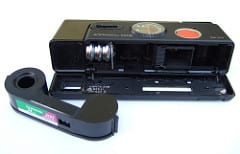 110 film was coined the “instamatic format” because it was used in the Instamatic cameras created by Kodak in 1963. 110 film came in easy to load cartridges and was fairly inexpensive. It is exactly 16mm wide, making it much smaller than its peers.
110 film was coined the “instamatic format” because it was used in the Instamatic cameras created by Kodak in 1963. 110 film came in easy to load cartridges and was fairly inexpensive. It is exactly 16mm wide, making it much smaller than its peers.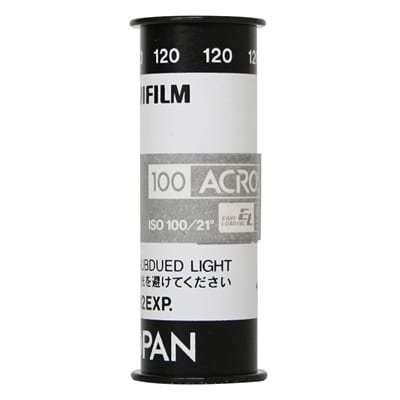 120 film can be captured in five different frame sizes: 6×6, 6×4.5, 6×7, 6×8, & 6x9cm. 6×6 is the most common format for 120 film. This format was introduced in 1901 and comes in a roll concealed in paper. Also related are 220 and 620 format. The only difference between these two films and 120mm is the difference in length which allows for more exposures per roll.
120 film can be captured in five different frame sizes: 6×6, 6×4.5, 6×7, 6×8, & 6x9cm. 6×6 is the most common format for 120 film. This format was introduced in 1901 and comes in a roll concealed in paper. Also related are 220 and 620 format. The only difference between these two films and 120mm is the difference in length which allows for more exposures per roll. 126 film was also coined the “instamatic format” because it was used in the Instamatic cameras created by Kodak in 1963. 126 film is 35mm wide so it can be confused with 35mm film if you don’t look carefully. Like 110 format, 126 film comes in cartridges for easy loading.
126 film was also coined the “instamatic format” because it was used in the Instamatic cameras created by Kodak in 1963. 126 film is 35mm wide so it can be confused with 35mm film if you don’t look carefully. Like 110 format, 126 film comes in cartridges for easy loading.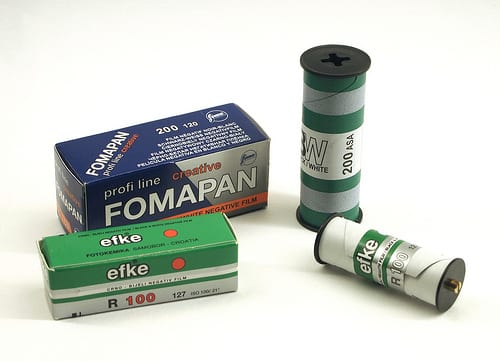 127 film is a roll film format used for still photography introduced by Kodak in 1912. The film itself is 46mm wide, which places it in between 35mm and 120 medium formats in terms of size. Production of this type of film stopped in 1995.
127 film is a roll film format used for still photography introduced by Kodak in 1912. The film itself is 46mm wide, which places it in between 35mm and 120 medium formats in terms of size. Production of this type of film stopped in 1995. Disc Negatives were introduced by Kodak in 1985. The film is arranged in a flat disc, and was housed in a plastic cartridge. The image on the film is only 10mm x 8mm, which proved it to be unsuccessful over time. It was discontinued on December 31st, 1999.
Disc Negatives were introduced by Kodak in 1985. The film is arranged in a flat disc, and was housed in a plastic cartridge. The image on the film is only 10mm x 8mm, which proved it to be unsuccessful over time. It was discontinued on December 31st, 1999.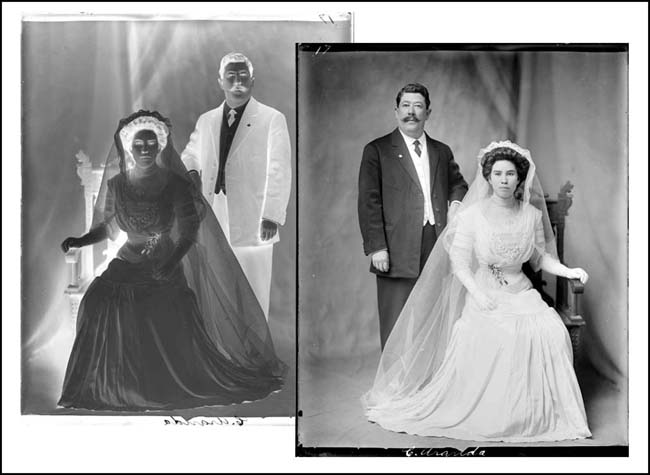 Large Formats of film include 4×5 and 8×10 film. This kind of film comes in thick acetate sheets in the sizes for which they are named. To shoot large format film, one would load a film holder in complete darkness with two sheets of film. This holder would then be placed in the back of a 4×5 or 8×10 camera and shot. The photographer would then develop these in complete darkness as well. The detail in these types of negatives are incredible.
Large Formats of film include 4×5 and 8×10 film. This kind of film comes in thick acetate sheets in the sizes for which they are named. To shoot large format film, one would load a film holder in complete darkness with two sheets of film. This holder would then be placed in the back of a 4×5 or 8×10 camera and shot. The photographer would then develop these in complete darkness as well. The detail in these types of negatives are incredible.

